
Crossing the US-Canada Land Border with a Dog: Our Experience
Our recent journey led us to cross the Canadian border by land, marking a memorable experience, especially since my last land border crossing was into Mexico many years ago. What

Our recent journey led us to cross the Canadian border by land, marking a memorable experience, especially since my last land border crossing was into Mexico many years ago. What
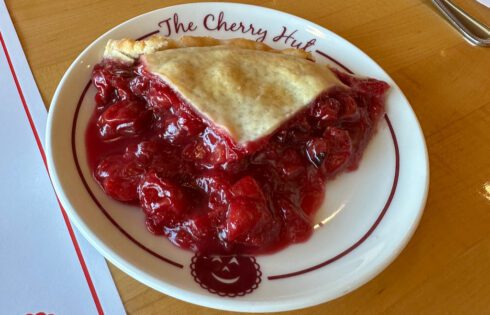
When I stumbled upon the cherry connection to northern Michigan’s Traverse City region, my curiosity was piqued. I’d never known to associate Michigan with cherries and yet they were home
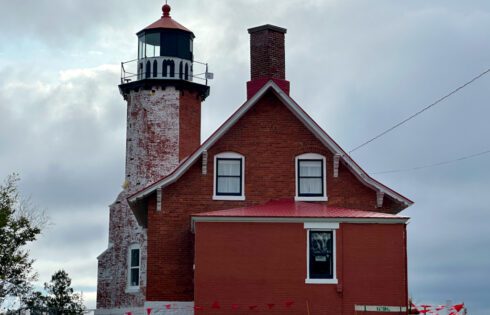
Located in the Upper Peninsula of Michigan, the Keweenaw Peninsula offers a range of exciting experiences, from discovering enchanting waterfalls to hunting for Yooperlites. You can dive into history by
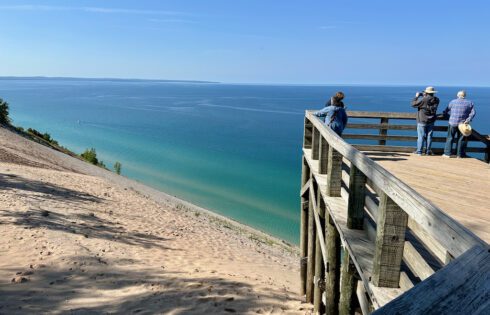
Perched along the serene Pierce Stocking Scenic Drive in Michigan lies the Sleeping Bear Dunes Overlook, a majestic 450-foot sand dune that offers visitors breathtaking panoramas of Lake Michigan. While

Michigan is a land of culinary wonders, each dish telling a unique story of the state’s history and culture. From the vibrant swirls of Superman Ice Cream to the hearty
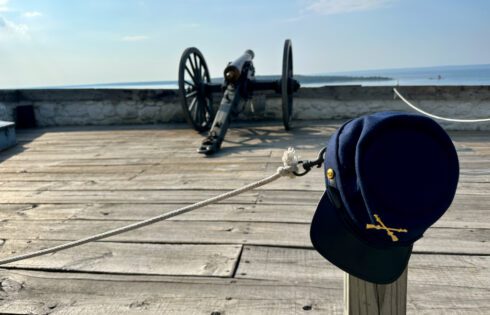
Mackinac Island in Michigan is a treasure trove of captivating history. From its distinction as one of the earliest national parks in the United States to its transformation into a
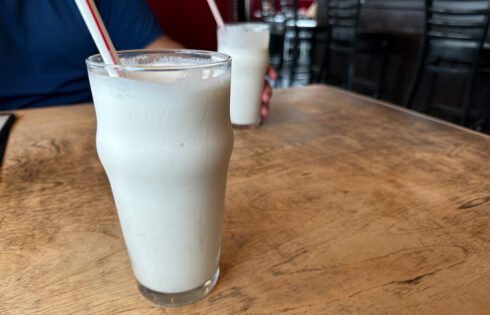
When it comes to refreshing summer drinks, the Boston Cooler has to rank among the very best. Unknown to lots of people outside of the Midwest, it’s a Detroit staple

If you appreciate distinctive towns, particularly those infused with German culture, Frankenmuth is sure to captivate your interest. This quaint locale, rich in history, provides a taste of Germany right
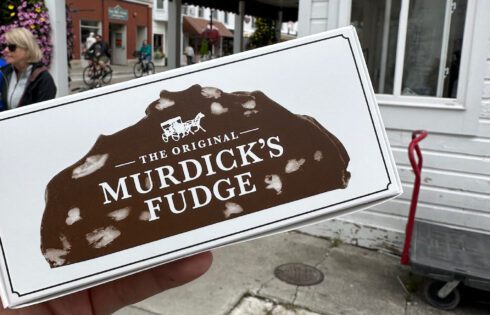
Mackinac Island is the self-proclaimed “fudge capital of the world” and for good reason. With over a dozen fudge shops dotting the island, Mackinac boasts a rich tradition of fudge-making
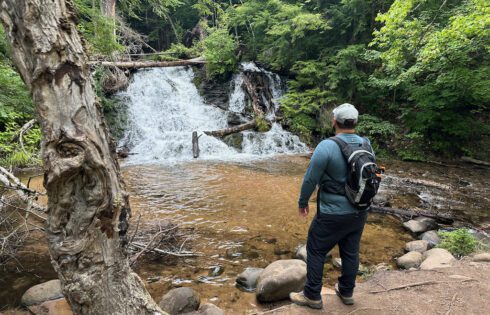
If you’re looking for an easy Upper Peninsula waterfall hike that’s around 3 to 4 miles long, Morgan Falls is a terrific option. However, when trying to reach the falls,
| Cookie | Duration | Description |
|---|---|---|
| cookielawinfo-checkbox-analytics | 11 months | This cookie is set by GDPR Cookie Consent plugin. The cookie is used to store the user consent for the cookies in the category "Analytics". |
| cookielawinfo-checkbox-functional | 11 months | The cookie is set by GDPR cookie consent to record the user consent for the cookies in the category "Functional". |
| cookielawinfo-checkbox-necessary | 11 months | This cookie is set by GDPR Cookie Consent plugin. The cookies is used to store the user consent for the cookies in the category "Necessary". |
| cookielawinfo-checkbox-others | 11 months | This cookie is set by GDPR Cookie Consent plugin. The cookie is used to store the user consent for the cookies in the category "Other. |
| cookielawinfo-checkbox-performance | 11 months | This cookie is set by GDPR Cookie Consent plugin. The cookie is used to store the user consent for the cookies in the category "Performance". |
| viewed_cookie_policy | 11 months | The cookie is set by the GDPR Cookie Consent plugin and is used to store whether or not user has consented to the use of cookies. It does not store any personal data. |
